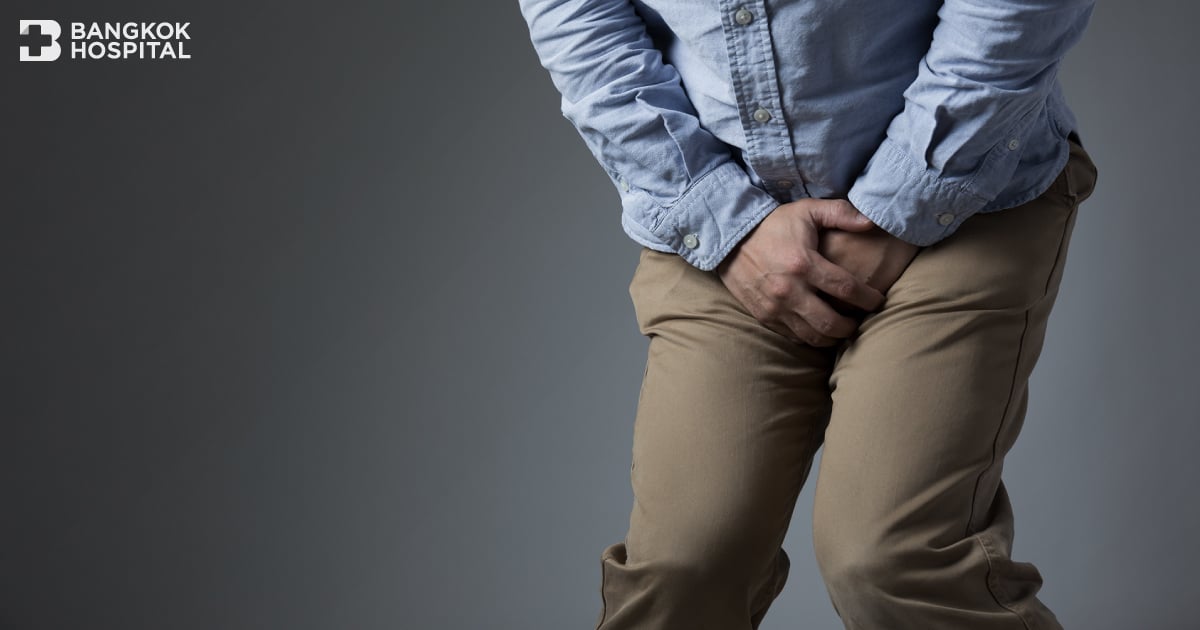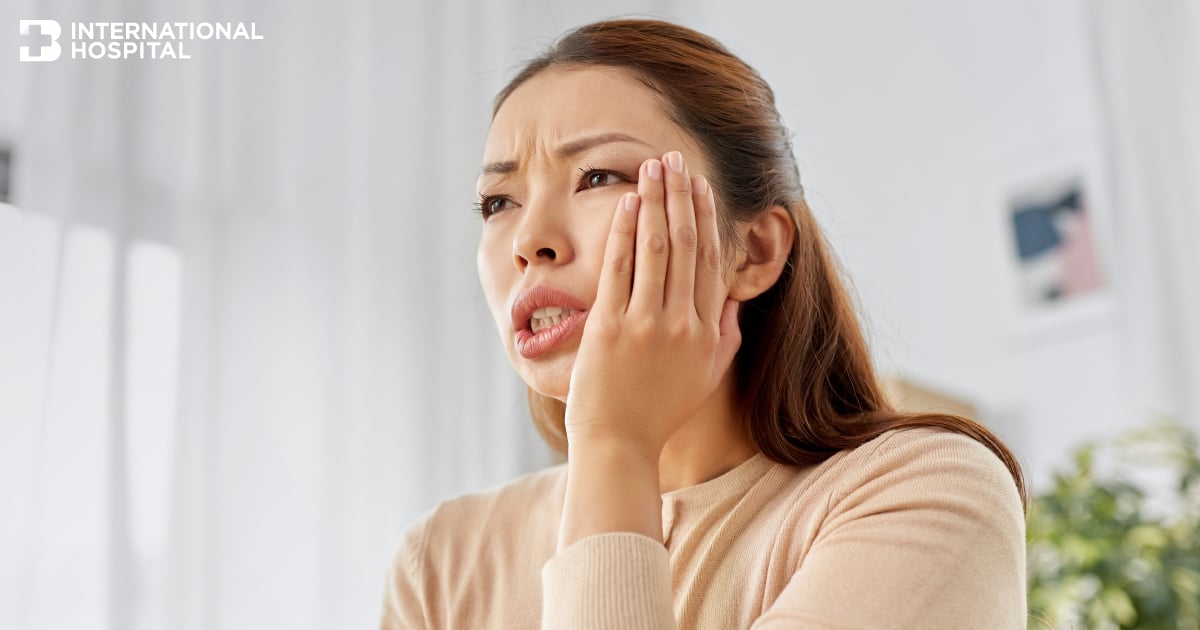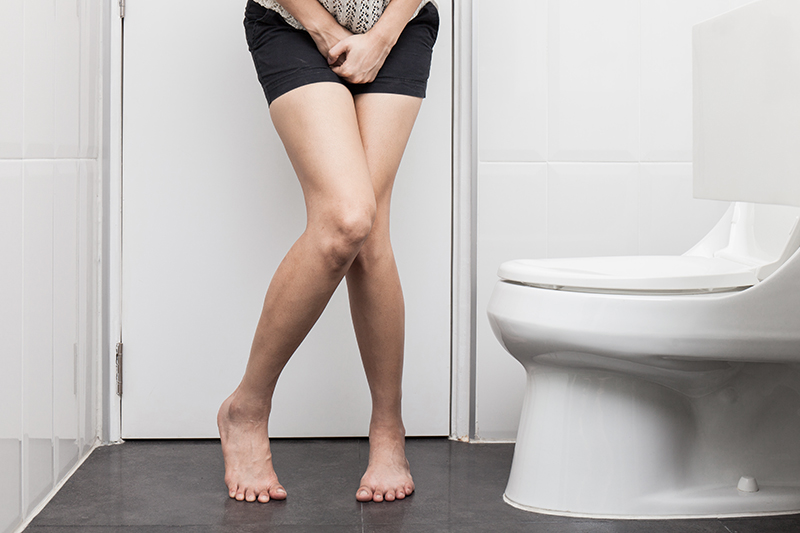Urinary incontinence, is the loss of bladder control, such as and related symptoms such as frequent urination and intense urge to urinate. Women who have had 2-3 vaginal births are more likely to have urinary incontinence. The leakage might happen when coughing and sneezing. This is called stress urinary incontinence (SUI).
Moreover, the leakage can also happen during heavy lifting, exercising, and climbing the stairs. The problem may be caused by the weakening of the support muscles of the pelvic floor following childbirth.
Although urinary incontinence is more common in women, many men also suffer from this condition. There are around 200 million people around the world suffering from this condition. We don’t know the exact number because many people do not tell anyone about their symptoms. They may be embarrassed, or think that nothing can be done. Many people think that urinary incontinence is just part of getting old but that’s a misconception. It can be managed or treated.
Types of urinary incontinence
- Congenital
- Bed wetting enuresis
- Neurogenic
- Stress urinary incontinence
- Urge incontinence
- Mixed incontinence (mixed between stress and urge)
- Over flow incontinence
- Frequent urination in daytime
- Nocturia – excessive urination at night
- Urgency
- Over active bladder – mixed symptoms of 5, 8, 9, and 10
Prevalence of urinary incontinence
In United States, there are 25 million people suffering from urinary incontinence and 33 million having over active bladder. In Thailand, data from 4 hospitals, Siriraj hospital, Ramathibodi hospital, Chulalongkorn hospital, and Bangkok hospital, suggested that there were 905 female patients in 1998. The data divided patients into 3 groups as shown below.
Prevalence of urinary incontinence in female
| Types of urinary incontinence | age 18-39 years | age 40-59 years | more than 60 years |
| Urge incontinence | 7% | 12.1% | 23.2% |
| Frequent urination | 5.6% | 11% | 10.5% |
| Nocturia | 3.2% | 6.9% | 24.5% |
| Stress urinary incontinence | 1.2% | 7.5% | 15.8% |
| Urge incontinence | 0.4% | 1.7% | 3.6% |
| Over active bladder | 3.2% | 7.7% | 15.5% |
Diagnosis
Your doctor might ask questions about the following
- Patient history and physical examination – This helps the doctor to determine the type of urinary incontinence and plan for further treatment
- Past and current medical problems such as hypertension, diabetes, heart diseases, neurologic diseases, accidents, and surgeries that can affect the urinary tract
- History of childbirth in women and history of benign prostatic hyperplasia in men
- Current medications especially diuretics and sedatives
- Emotional issues
- Social issues
- Food and drinks
- Exercise habits
Investigations
- Urinalysis
- Uroflowmetry, residual urine
- Urodynamic if necessary
- Cystoscopy
- Others
Treatment
Treatments for stress urinary incontinence, urgency incontinence, and over active bladder are as the following
- Kegel exercise – pelvic floor muscle exercise
- Medications – might be useful for urgency incontinence
- Transvaginal surgical treatment – might be considered if pelvic floor muscle exercise does not help. This treatment strip of your body’s tissue, synthetic material, or mesh are used to create a pelvic sling around your urethra and the area of thickened muscle where the bladder connects to the urethra. The sling helps keep the urethra closed, especially when you cough or sneeze.
Quantum Resonance System (QRS-PelviCenter)
Pelvic floor muscle exercise (PFME) or Kegel exercise is an effective treatment of urinary incontinence. A patient should perform this exercise 2-3 times a day, at least 6 weeks to 3 months. Bangkok hospital has been giving trainings to patients since 1996.
With advanced technology, the QRS PelVi Center is a new method of treatment for urinary incontinence. It uses the principle method of the method of the magnetic resonance imaging. By using magnetic fields, the musculature of the pelvic floor is brought to a strong contraction which lies well over the possibilities of an active pelvic floor muscle training.
At the same time, specific nerve tracts which adjust the bladder closure are stimulated. This results in high healing and improvement rates which are often achieved after 4 to 6 weeks of treatment.
This new treatment is suitable for children and elders. It usually takes 20 minutes and should be done 2-3 times a week for 8-16 times. Research shows that female patients with urinary incontinence had very good results in 3, 6, and 12 months after they received 16 treatments.
Moreover, QRS PelViCenter (Quantum Resonance Systems) is an effective treatment for urinary incontinence and erectile dysfunction in male after benign prostatic hyperplasia surgery and chronic pelvic pain in women.
Cautions
- Because of the operation of the electromagnetic field, those who have pacemakers, insulin pumps or any implanted electrical equipment cannot receive QRS PelViCenter treatment.
- Patients who had hip replacement and bone surgery with screws cannot receive QRS PelViCenter treatment.
Complications
- Patients might have mild hip pain for 2-3 days following the treatment.
- After phototherapy, patients may experience nausea, have eye irritation, or irritability.
Preparation before QRS
- Patients should urinate before the treatment.
- If you are using a pad or diaper, change to the new one before the treatment.
- Take off hearing aids before the treatment.
- Take off any jewelry under your waist such as rings
- Remove your belongings such as watch, car key, credit cards, mobile phone, and coins
After QRS
- Patients should do Kegel exercise after the treatment in order to see the result faster.











